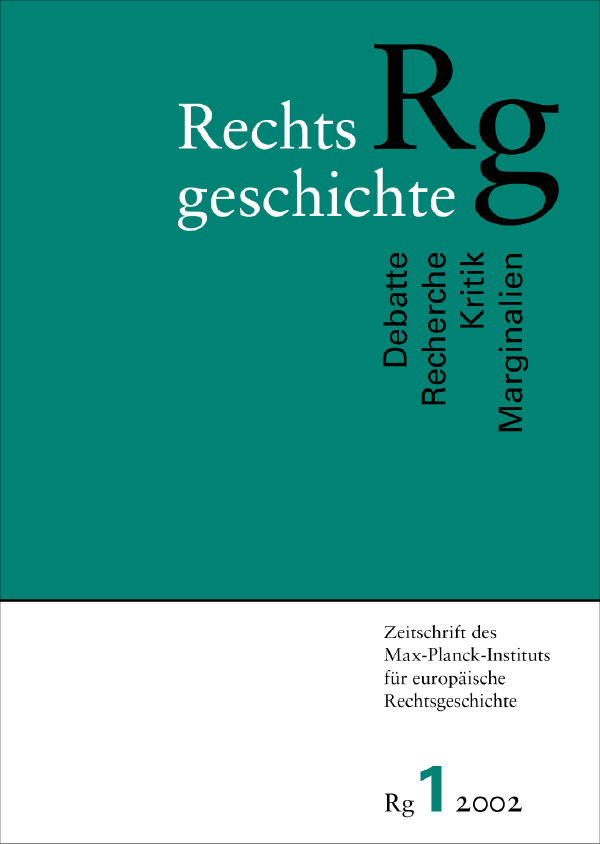Ius sacrum. Giorgio Agamben und das nackte Recht
DOI:
https://doi.org/10.12946/rg01/056-070Abstract
Why does Giorgio Agamben not tell and analize in his Homo Sacer the famous story of Franz Kafka „In the penal colony“ – although he is an outstanding knower of Kafka’s work and treat this work in detail in his book? In the course of the answer to this question we discuss the complex relationship between law and life. One assumption will be cristallized: Behind Agamben’s dogma of the indistinguishability of law and life (with all the awful consequences for the human living together) in the Homo Sacer is hidden a concept of law that is based on a value-judgement that demands from law to much and to few (not enough) in the same time. To much - considering the dangers that precisely a „good“ law burdens in himself, also a law, that is decipherable, understandable and so (for Agamben) distinguished from life. To few (not enough) - considering the advantages that precisely offers a functional differenciated law, also a law that is formal, undecipherable, ununderstandable and so (for Agamben) undistiguished from life.
Downloads
Veröffentlicht
Zitationsvorschlag
Ausgabe
Rubrik
Lizenz
Copyright (c) 2002 Autor/in

Dieses Werk steht unter einer Creative Commons Namensnennung - Nicht-kommerziell - Keine Bearbeitung 3.0 International -Lizenz.





